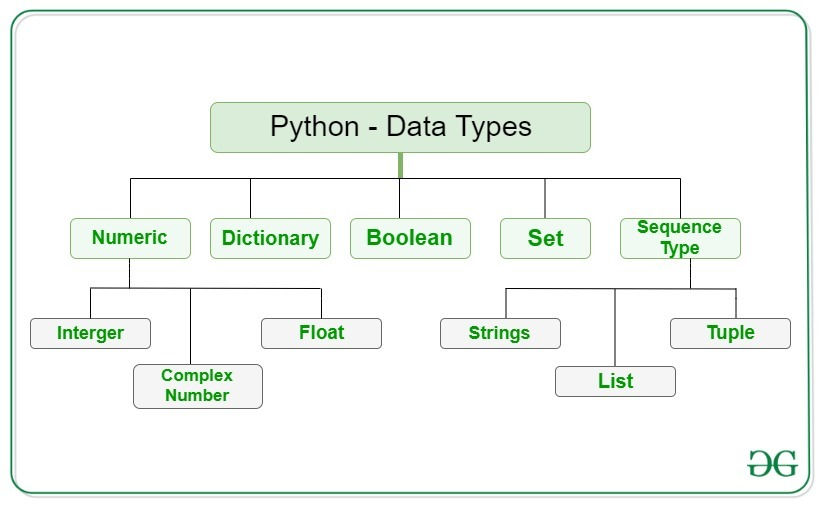Exploring the Power of Python Pandas for Data Analysis
- programmersumu
- May 24, 2023
- 2 min read
Data analysis plays a crucial role in extracting insights and making informed decisions in various domains. Python, with its rich ecosystem of libraries, offers a powerful toolset for data analysis tasks. One such prominent library is Pandas, which provides a range of data structures and functions for efficient data manipulation and analysis. In this blog, we will delve into the capabilities of Python Pandas and explore how it can be leveraged for effective data analysis.

Understanding Pandas and its Data Structures:
Pandas is a Python library that offers two primary data structures: Series and DataFrame. The DataFrame, in particular, is widely used and serves as a powerful tool for handling structured data. It provides an intuitive way to organize and manipulate data, resembling a tabular structure similar to spreadsheets. This inherent structure, coupled with the extensive functionality of Pandas, makes it a popular choice for data analysis tasks.
Loading and Manipulating Data:
Pandas simplifies the process of loading data from various sources, including CSV, Excel, SQL databases, and more. By utilizing Pandas' read functions, such as `read_csv()` or `read_excel()`, data can be efficiently imported into DataFrames, enabling seamless data exploration and analysis. Once the data is loaded, Pandas offers a vast array of operations to clean, transform, and manipulate data. From handling missing values to performing aggregations and merging datasets, Pandas provides a comprehensive set of functions to streamline these tasks.
Data Exploration and Analysis:
With data loaded and prepared, Pandas empowers analysts to gain valuable insights. Pandas facilitates various data exploration techniques, such as slicing and filtering data based on conditions, computing descriptive statistics, visualizing data using Matplotlib or Seaborn, and much more. These capabilities enable analysts to uncover patterns, identify trends, and extract meaningful information from the data.
Advanced Functionality:
Beyond the basics, Pandas offers advanced functionality for more sophisticated analysis tasks. Time series analysis, handling categorical data, applying machine learning algorithms, and working with large datasets using chunking and memory optimization are just a few examples of the extensive capabilities provided by Pandas.
Conclusion:
Python Pandas is an indispensable library for data analysis, providing a comprehensive set of tools and functions to handle, manipulate, and analyze data efficiently. Its user-friendly interface, combined with the ability to handle various data formats and perform complex operations, makes it a preferred choice among data analysts and scientists. By leveraging the power of Pandas, analysts can unlock the potential hidden within datasets, enabling data-driven decision-making and insights that drive business growth.
References:
- [1] Pandas Tutorial: 10 Popular Questions for Python DataFrames. Retrieved from [link](https://blog.jetbrains.com/datalore/2021/02/25/pandas-tutorial-10-popular-questions-for-python-data-frames/)
- [2] Data Analysis with Pandas. Retrieved from [link](https://blog.jetbrains.com/education/2022/11/22/data-analysis-with-pandas/)
- [3] Introduction to Pandas for Data Analysis in Python. Retrieved from [link](https://towardsdev.com/introduction-to-pandas-for-data-analysis-in-python-5cdd5515941a)
- [4] The Ultimate Guide to the Pandas Library for Data Science in Python. Retrieved from [link](https://www.freecodecamp.org/news/the-ultimate-guide-to-the-pandas-library-for-data-science-in-python/)
- [5] Pandas Functions for Data Analysis and Manipulation. Retrieved from [link](https://www.analyticsvidhya.com/blog/2021/03/pandas-functions-for-data-analysis-and-manipulation/)



Comments